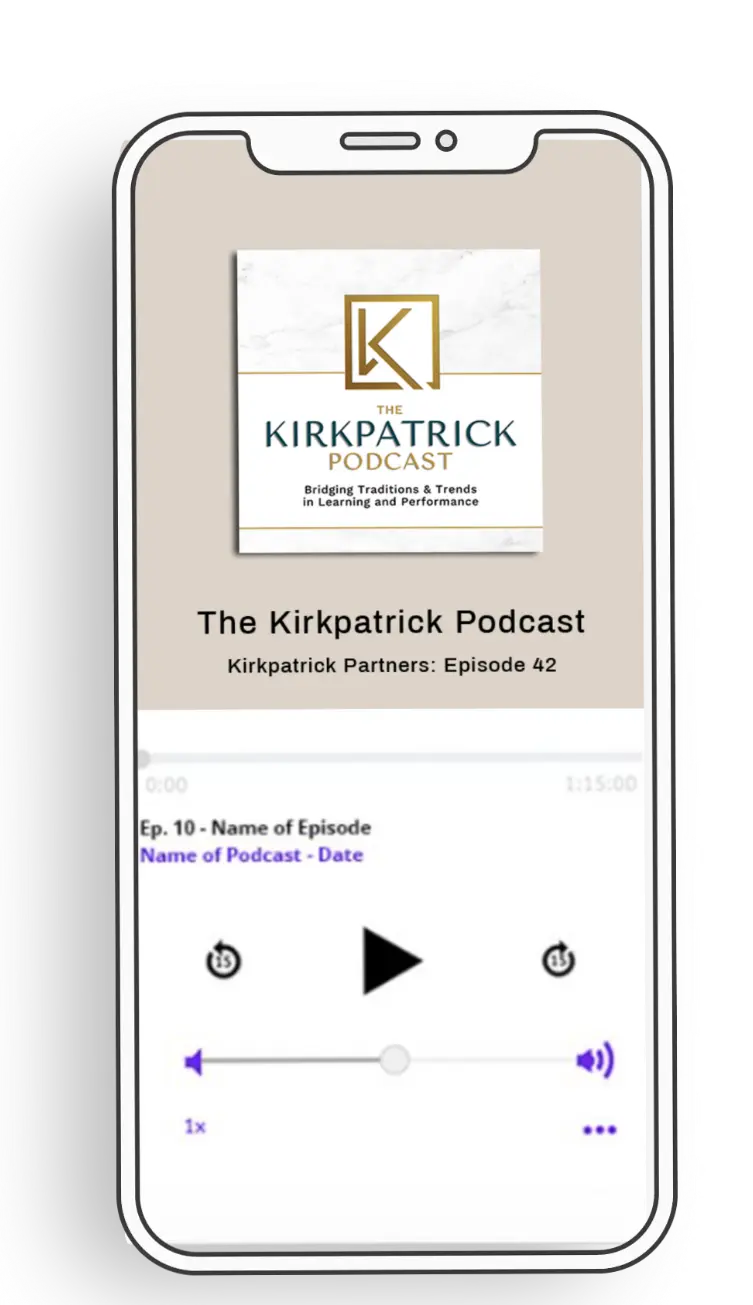Too Much Training or Not Enough?

Why do learning and development (L&D) departments alternate between struggling to manage a high volume of training requests and getting cut during economic downturns?
This compelling contradiction was recently discussed in a lively social media exchange. Some participants believe the issue is that well-meaning training professionals sometimes deliver training that is not aligned with solving the true problem. Others say trainers overdo content development and then don’t have the resources to assist with application on the job.
Our view is that the organization is not seeing the connection between training and results, so when resources get limited, training gets eliminated. This may seem harsh, but it may also be sound logic. Training contributes about 15% to on-the-job performance. Surprised? What happens before training contributes about 15%, and factors in the work environment are responsible for 70% of performance.
The wise training professional involves themselves in what happens before and after training to broaden their role and increase their influence. This makes you a highly valued team member and much more difficult to downsize when the budget gets tight. It also helps you to focus your time on the interventions that will make the most impact.
Here are some tips on how to upgrade your position from training professional to organizational performance partner.
Start With Organizational Outcomes
When you receive a training request, pause before acting on it. Ask some questions about the highest-level outcome the requester wishes to see. Stated another way, find out what problem they are trying to solve with training.
Here are some common examples of high-level outcomes:
- Reduce time to proficiency
- Increase sales
- Reduce employee turnover
- Increase customer service scores
- Increase on-time shipments
Once you are clear on the desired outcome, you still need to gather additional information to ensure that training will help. Next, discuss what is or is not occurring that is preventing achievement of the goal.
Identify On-the-Job Requirements and Barriers
Have a conversation in which you discuss the specific things that need to occur on the job to produce the desired outcome. This should be a broad conversation including anything that could help, not just training.
For example, if the goal is reducing the time to proficiency for new customer service representatives, brainstorm with subject matter experts and managers the exhaustive list of what they believe would help.
For example, here is a list of things that might help customer service reps to learn their jobs more rapidly:
- Knowledge of the company’s offerings and policies
- Computer literacy
- Best practices of experienced employees
- Scripted responses to frequently asked questions
- Real-time performance feedback
- Performance-based incentives
- Employee recognition programs
Review the list together and discuss which items the training department can assist with, and which items are better handled by others. This is an area where a training department can really shine by helping to support on-the-job performance, and not just producing training content.
Determine If and How Training Can Help
If you are unclear as to where your role starts and ends, have a conversation with your manager about all the ways you believe you can help. Ideally you can obtain permission to step outside the bounds of formal training content design and delivery, or at least participate in holistic conversations about performance support.
See if you can redefine training to have a broader meaning in your organization. Include what happens before training to prepare participants, managers, and the organization. The most important area to include in your scope is what happens after training, during the crucial application time.
Find out what support your stakeholders think would be beneficial after training and brainstorm your own ideas as well. Think about ways to provide reinforcement for what training graduates should be doing on the job. Identify who will provide support and encouragement, and answer questions. Ensure that compensation systems are in alignment with what training graduates are being asked to do. Finally, make sure there is a system of accountability.
Here are some examples of these types of methods of support and accountability:
- Checklists
- Reminders
- Peer coaching programs
- Leaderboard of best performer stats
- Performance-based bonuses
- Monitoring systems
Get Started Now
If the idea of broadening your position seems daunting, select one program, and try out this approach. It’s easiest to get started if you can find a business partner who has a similar mindset. Share this article with them and work together to create your plan for success.
About the author, Wendy Kayser Kirkpatrick
About Kirkpatrick Partners
Learn More
Kirkpatrick Four Levels ® Evaluation Certification Program – Bronze Level
Kirkpatrick® Strategic Evaluation Planning Certification Program
Free white papers, templates, articles, and recorded webinars
Kirkpatrick’s Four Levels of Training Evaluation book





